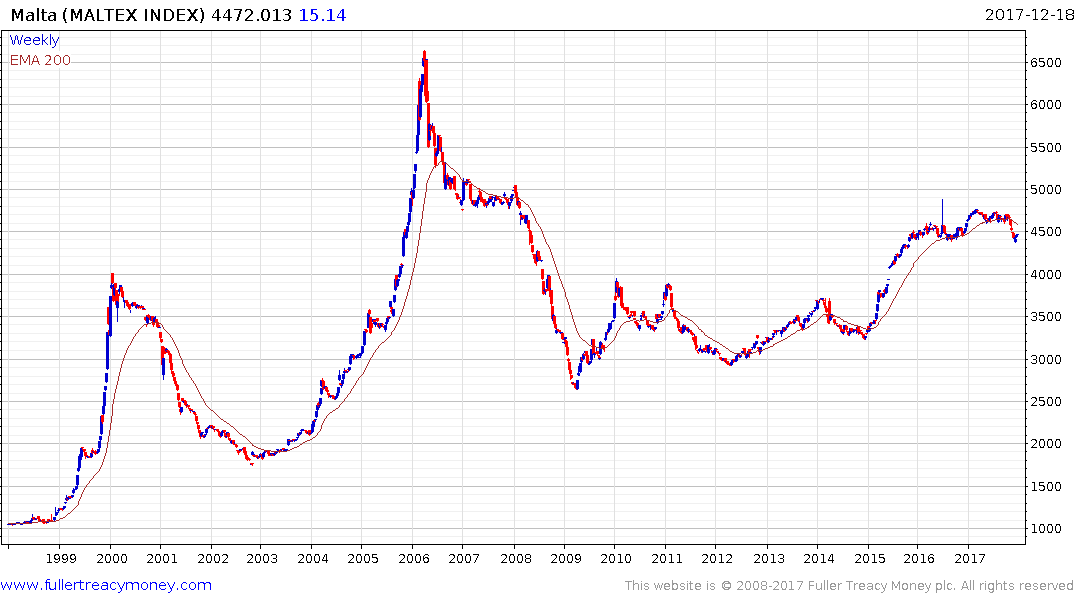Return of the Winklevii
Thanks to a subscriber for this deeply insightful note by Daniel Oliver at Myrmikan Capital which may be of interest. Here is a section:
Though institutions will be making side-bets on Bitcoin, these bets do effect the underlying market because every long futures contract requires a short. If there are no investors willing to go short, then the dealer has to create a short contract. The dealer then must balance his risk by going long the underlying commodity directly. Recall that the Bitcoin network can process only 400,000 transactions per day, which means dealers that have to make frequent Bitcoin trades would incur large expenses compared to a dealer that already has a huge amount of Bitcoin inventory on hand. This is the reason, no doubt, that the Winklevii spent $11 million of their $65 million Facebook settlement buying nearly 100,000 bitcoins at around $120 each in 2013. They can now use this inventory to backstop their dealer network.
This is extremely clever. It is not easy to sell large amounts of Bitcoin. Coinbase, the largest U.S. Bitcoin exchange, for example, allows unlimited deposits, but limits withdrawals. Right now, the flows are inbound, so withdrawal limits should not matter much, yet they already have them. Imagine the scramble when everyone decides to get out.
The Winklevii, by organizing a primary dealer exchange, will have no trouble liquidating their estimated $1.6 billion (and climbing) worth of bitcoin. All they have to is take the short side of the futures contracts that institutions are buying. There is a close historical parallel.
Here is a link to the full report.

Back in 2005 a subscriber from Malta attended The Chart Seminar and asked to look at his domestic market which was in the throes of an historic bull run. The acceleration was obvious and the group readily identified it as a Type-1 trend ending.
A point the delegate made during the discussion is applicable today to the acceleration we have seen in bitcoin and the other cryptocurrencies. He said that because the market is so illiquid stops don’t work. When the price pulls back there is no ready bid under the market so it is impossible to sell. That means one has to anticipate market peaks rather than wait for them to become self-evident.
As with any other market when we see an acceleration it is an opportunity to begin to take profits or to lighten the position. That at least mitigates the risk someone will be tempted into buying more during the acceleration phase which has a disproportionate influence on the average entry point. The restrictions on liquidating positions only emphasize the argument that accelerations should be viewed as ATMs.
This article by Barry Ritholtz comes at the question of how to sell after a big move from a different perspective which I also found insightful.
Back to top

